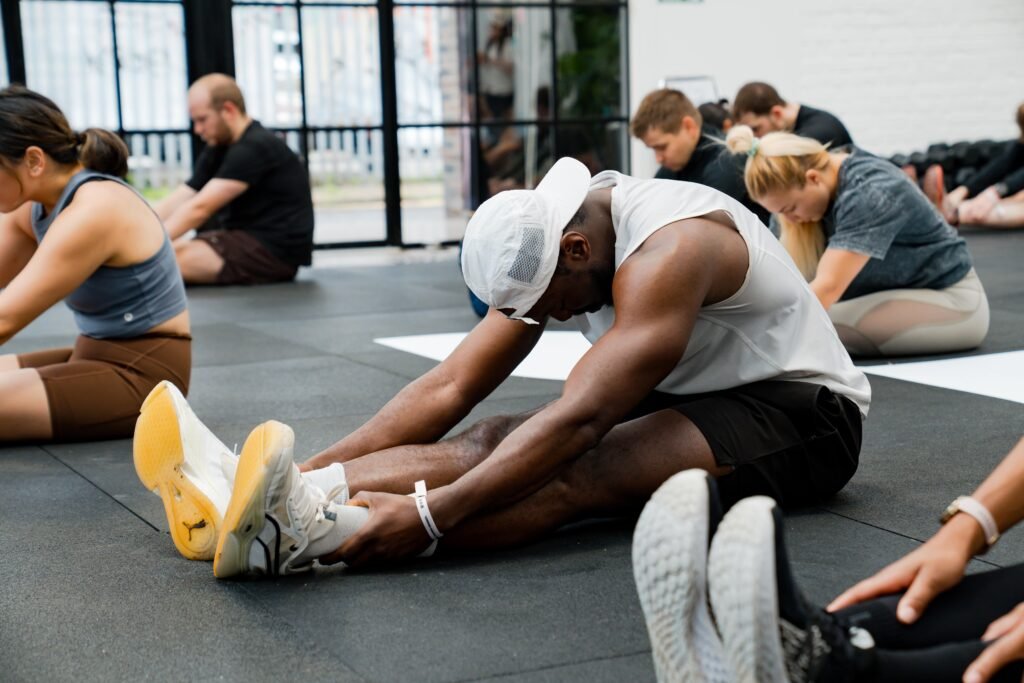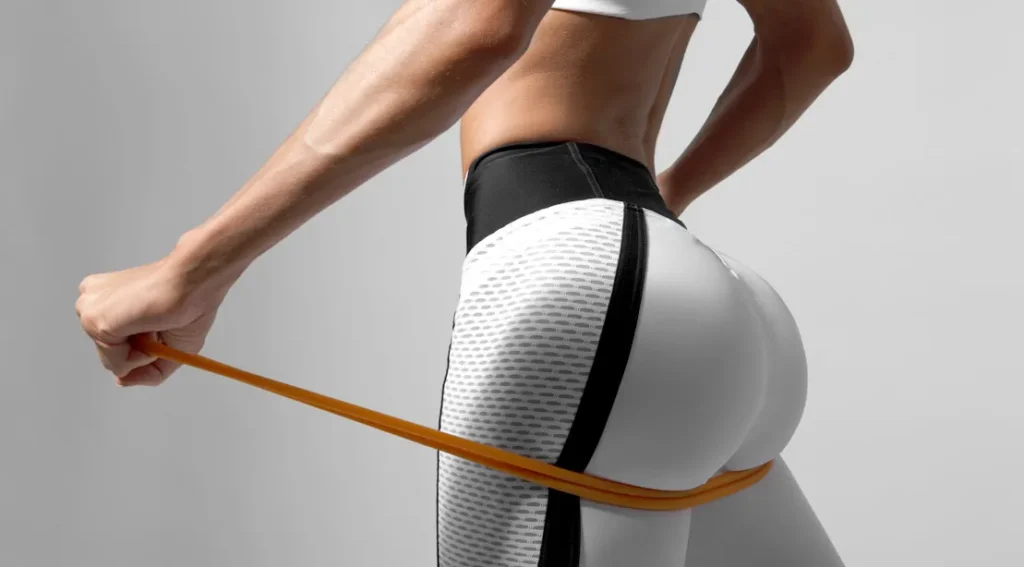
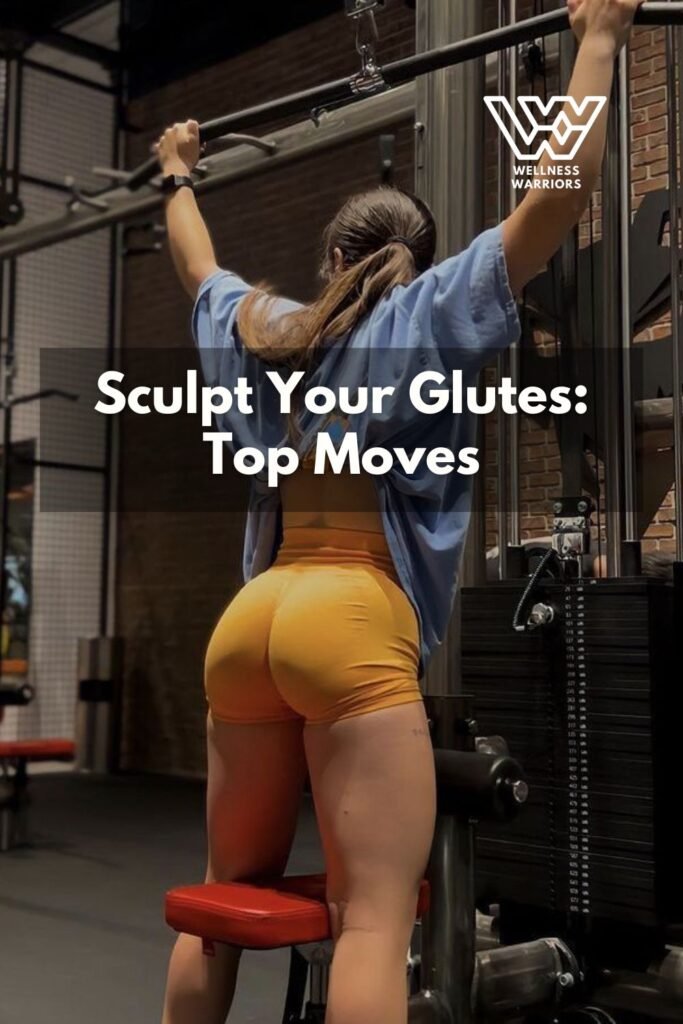
Transform Your Booty: The Best Exercises for a Bigger, Firmer But
The quest for strong glutes is not just about aesthetics; it plays a crucial role in our overall health, enhancing everyday movements and improving athletic performance. In this article, we will delve into the best butt exercises, focusing on the science behind glute training and how to incorporate effective techniques into your workout routine.
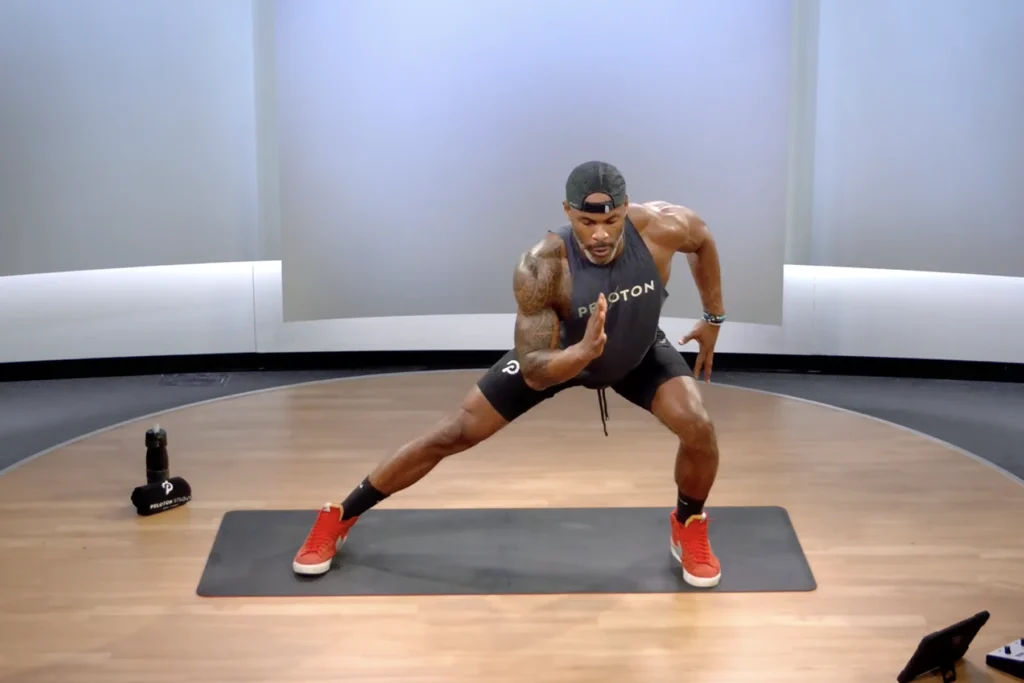
Understanding the Gluteal Muscles
The gluteus maximus, gluteus medius, and gluteus minimus form the three primary muscles of the gluteal group. Among these, the gluteus maximus is the largest muscle group in the human body, responsible for hip extension, outward rotation, and stabilization of the pelvis. Strong glutes contribute to improved posture, reduced knee pain, and a lower risk of injury, making them essential for both fitness enthusiasts and those engaged in daily activities.
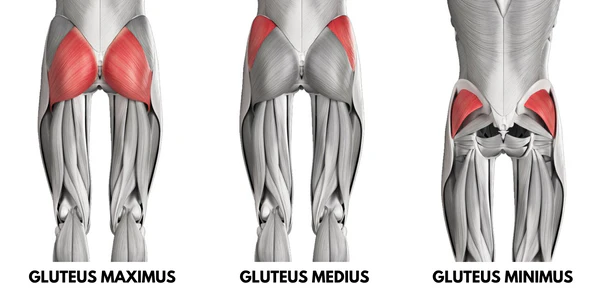
The Importance of Strong Glutes
Having strong glute muscles is vital for maintaining a healthy lower back. Weak glutes can lead to dead butt syndrome, where the gluteal muscles become inactive and fail to support the lower body properly. This can cause compensatory movements and strain on the back, leading to discomfort and potential injury. Incorporating a variety of butt workouts into your fitness program can help counteract these issues.
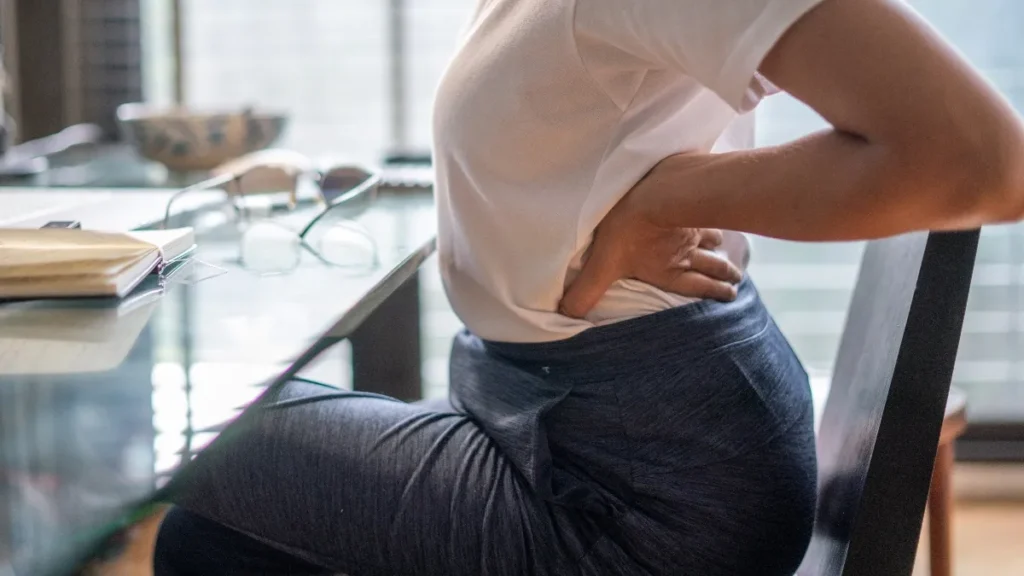
Key Muscles for Buttocks Training
When it comes to achieving a toned and strong backside, understanding the key muscles involved in buttocks training is crucial. The gluteal muscles, primarily composed of three main muscles, play a significant role in lower body strength, stability, and overall aesthetics. This article will delve into the important muscles for your buttocks and how they contribute to effective training.
The Gluteal Muscles
1. Gluteus Maximus
The gluteus maximus is the largest and most powerful muscle in the gluteal group, making it the primary muscle responsible for the shape and size of your buttocks.
Function: The gluteus maximus is primarily responsible for hip extension, outward rotation, and stabilization of the pelvis during various movements. It plays a vital role in activities such as running, climbing stairs, and standing up from a seated position.
Training Importance: Exercises that target the gluteus maximus, such as hip thrusts, deadlifts, and squats, are essential for building strength and muscle mass in this area. Strengthening the gluteus maximus not only enhances the appearance of the buttocks but also improves overall athletic performance and reduces the risk of injury.
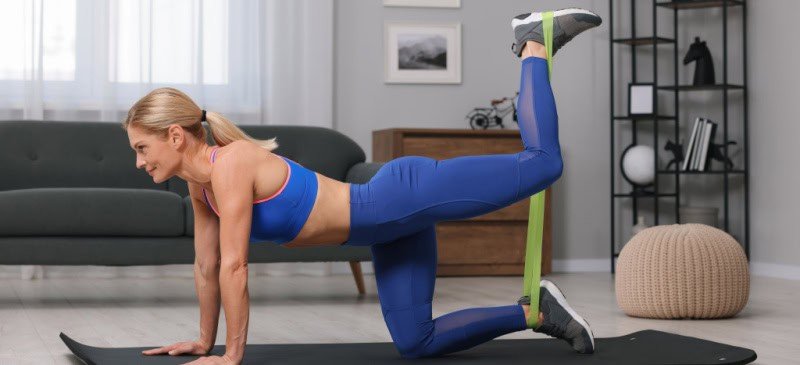
2. Gluteus Medius
The gluteus medius lies beneath the gluteus maximus and is crucial for hip stability and movement.
Function: This muscle is responsible for hip abduction (moving the leg away from the body) and internal rotation. It also helps stabilize the pelvis when standing on one leg, which is essential for activities like walking, running, and balancing.
Training Importance: Strengthening the gluteus medius is vital for preventing injuries, particularly in the knees and lower back. Exercises such as lateral band walks, clamshells, and single-leg squats are effective for targeting this muscle. A strong gluteus medius also improves overall athletic performance by providing better balance and stability during dynamic movements.

3. Gluteus Minimus
The gluteus minimus is the smallest of the three gluteal muscles and is located beneath the gluteus medius.
Function: Similar to the gluteus medius, the gluteus minimus is involved in hip abduction and internal rotation. It also assists in stabilizing the pelvis during movement.
Training Importance: Although smaller in size, the gluteus minimus is essential for achieving a well-rounded workout for your buttocks. Exercises that engage this muscle, like side lunges and hip abduction movements, can enhance the overall strength of the gluteal group.
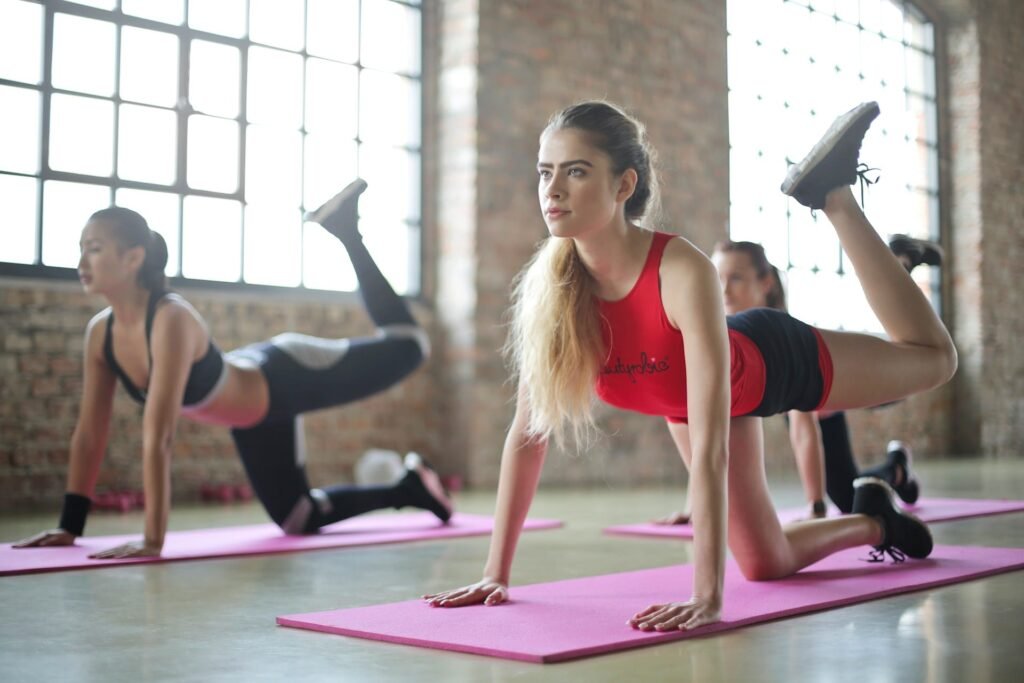
READ MORE: The Best Leg Workout Exercise, strengthen your lower body!
Other Supporting Muscles
While the primary focus is on the gluteal muscles, several other muscles contribute to the strength and appearance of your buttocks.
1. Hamstrings
The hamstrings, located at the back of the thigh, play a crucial role in hip extension and knee flexion.
Training Importance: Strong hamstrings complement glute training by supporting hip mechanics and enhancing overall lower body strength. Exercises like deadlifts and good mornings effectively target both the hamstrings and the glutes.
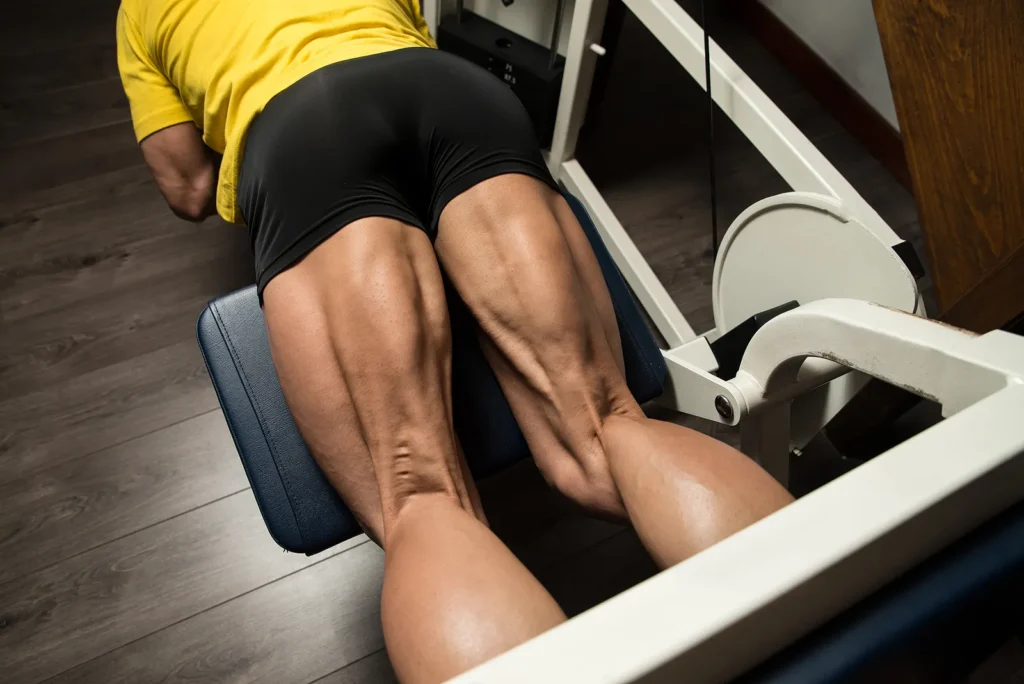
2. Quadriceps
The quadriceps, located at the front of the thigh, are important for knee extension and play a supporting role during lower body movements.
Training Importance: While primarily associated with the front of the leg, strong quadriceps contribute to the overall stability and effectiveness of glute exercises. Compound movements like squats and lunges engage both the glutes and quadriceps, promoting balanced lower body strength.
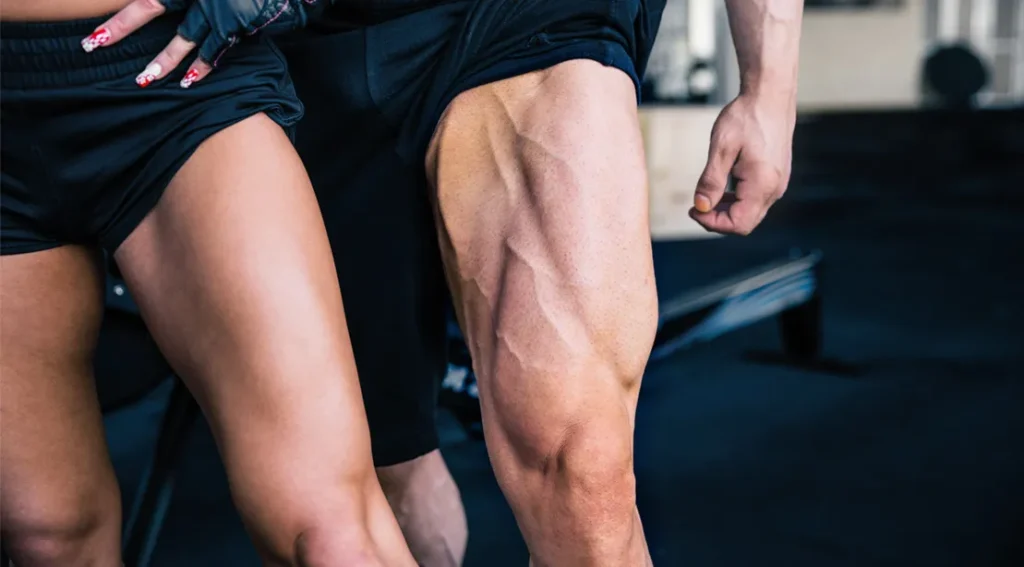
3. Core Muscles
A strong core is essential for stabilizing the body during glute training.
Training Importance: The core muscles, including the abdominals and obliques, play a critical role in maintaining proper form and preventing injury during exercises targeting the glutes. Incorporating core-strengthening exercises, such as planks and bicycle crunches, can enhance your overall buttocks training routine.
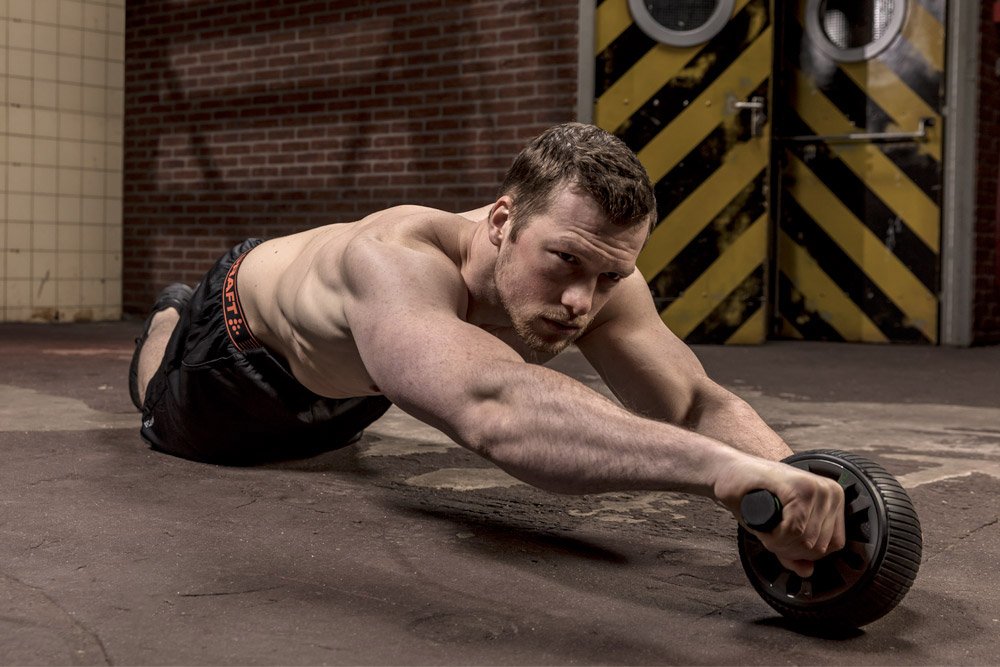
Conclusion
Understanding the key muscles involved in buttocks training is vital for developing a balanced and effective workout routine. Focusing on the gluteus maximus, gluteus medius, and gluteus minimus, along with supporting muscles like the hamstrings, quadriceps, and core, will help you achieve strong glutes and improve overall lower body strength. By incorporating a variety of exercises that target these muscles, you can build a well-rounded and effective buttocks training program that enhances both aesthetics and functional performance.
Top Butt Exercises
Here are some of the best exercises that focus on building glute strength while targeting different angles and muscle fibers:
1. Hip Thrusts
✔ Hip thrusts are considered one of the most effective exercises for targeting the gluteus maximus.
✔ Starting position: Sit on the ground with your upper back against a bench and roll a barbell over your hips.
✔ Movement: With feet hip-width apart, drive through your heels, lifting your hips toward the ceiling until your body forms a straight line from shoulders to knees.
✔ Reps: Aim for 8-12 reps, using heavy weights for maximum effectiveness.
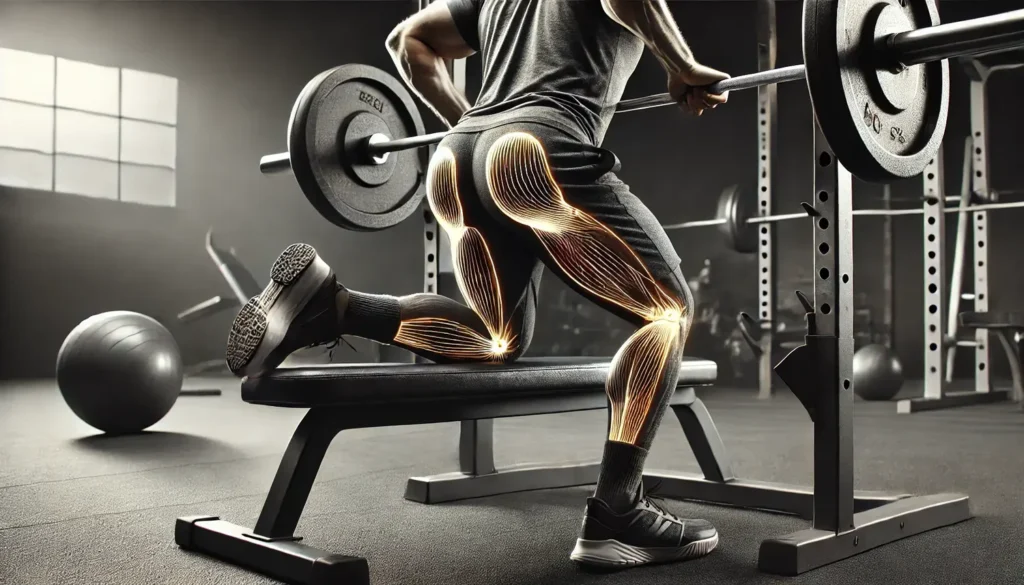
2. Glute Bridge
The glute bridge is a fantastic bodyweight exercise that activates the gluteal muscles.
✔ Starting position: Lie on your back with knees bent and feet flat on the floor, hip-width apart.
✔ Movement: Lift your hips by squeezing your glutes, ensuring a 90-degree angle at your knees.
✔ Reps: Perform 15-20 reps, maintaining tension in the glutes throughout.
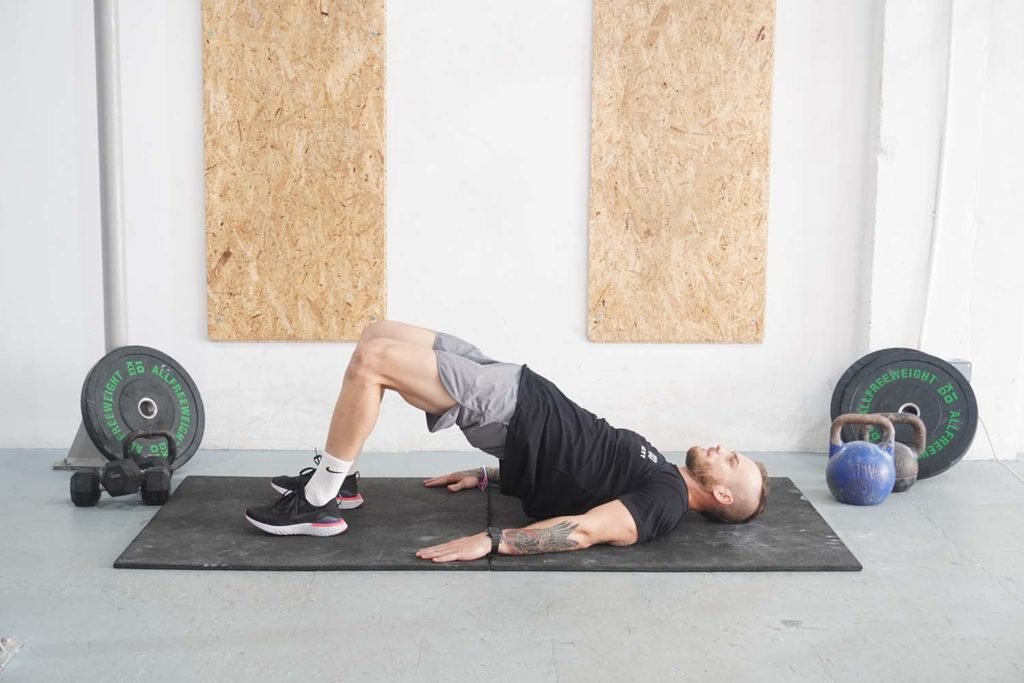
3. Bulgarian Split Squats
This unilateral exercise helps improve balance and isolates each leg.
✔ Starting position: Stand a few feet in front of a bench, placing one foot behind you on the bench.
✔ Movement: Lower your body until your front knee is at a 90-degree angle, keeping your chest up and core engaged.
✔ Reps: Perform 10-12 reps on each leg, focusing on the right knee and left knee equally.
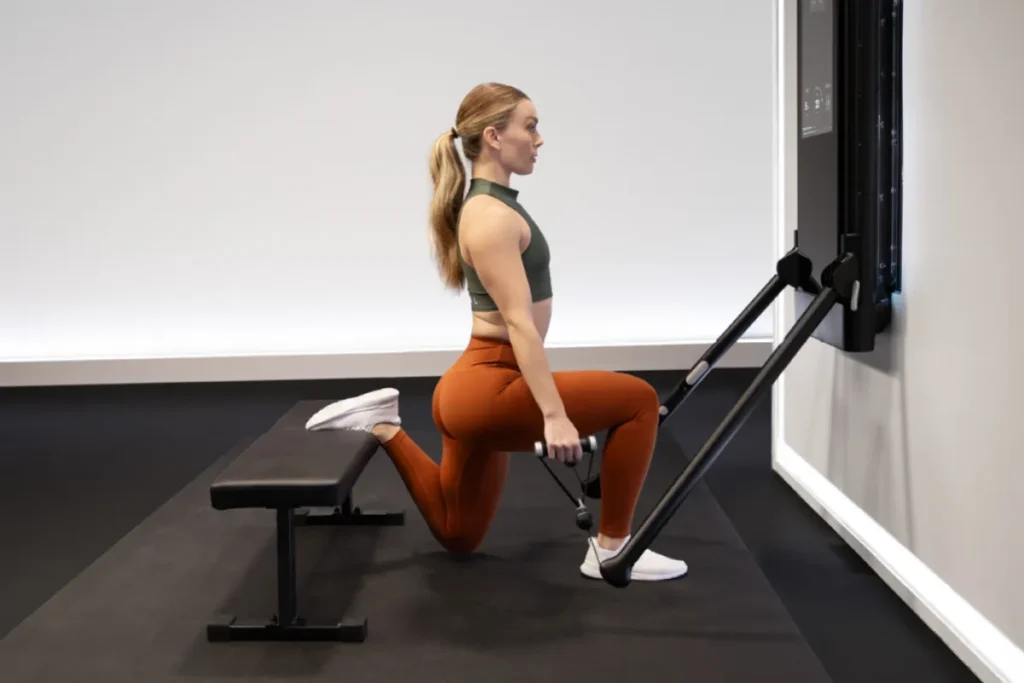
4. Deadlifts (Conventional and Sumo)
Deadlifts are excellent for building overall strength and targeting the glutes.
✔Conventional Deadlift: Stand with feet shoulder-width apart, hinge at the hips, and lower your torso while keeping a straight back. Lift the barbell by driving through your heels.
✔ Sumo Deadlift: With a wider stance and toes pointed out, perform the deadlift to engage the inner thighs and glutes more effectively.
Reps: Aim for 6-10 reps with heavier weights for muscle growth.
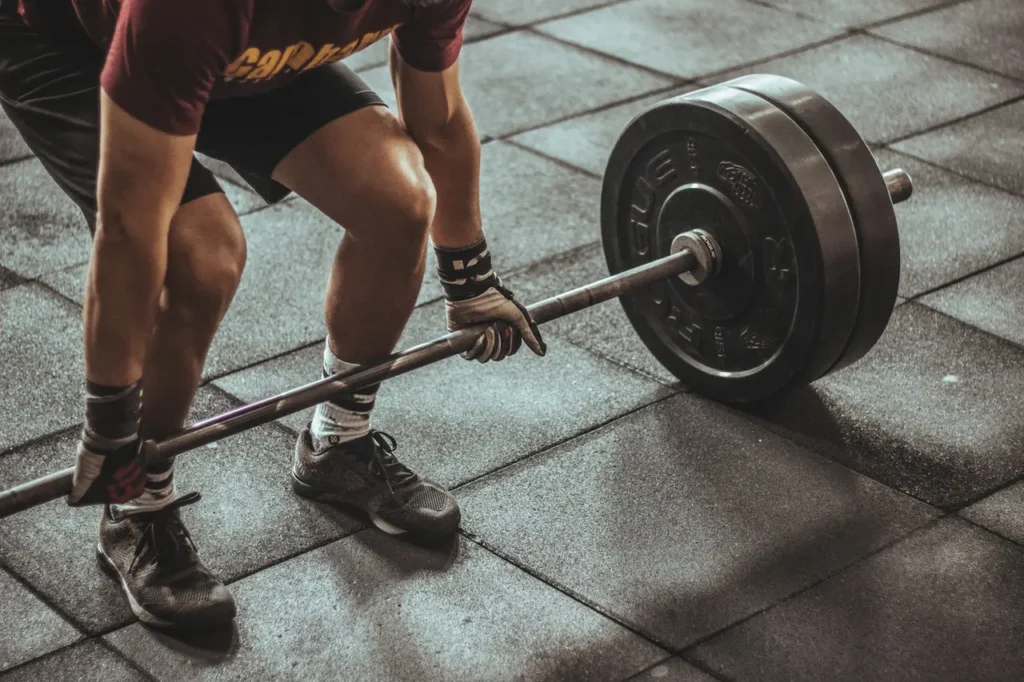
5. Single-Leg Romanian Deadlift
This exercise enhances balance and targets the glutes effectively.
✔ Starting position: Stand on your right leg, holding a dumbbell or kettlebell in your right hand.
✔ Movement: Hinge at the hips, lowering the weight while extending your left leg behind you until you feel a stretch in your hamstring.
✔ Reps: Perform 10 reps on each leg, focusing on keeping your back straight throughout.
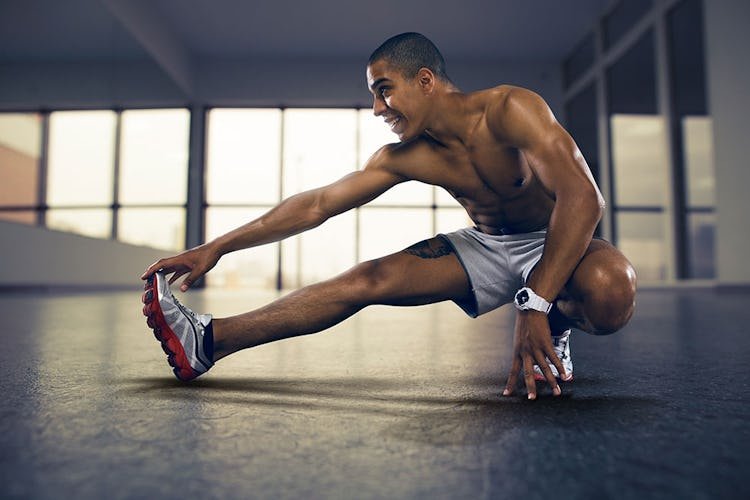
6. Donkey Kicks
A great bodyweight exercise that isolates the glutes.
✔ Starting position: On all fours with your hands under your shoulders and knees under your hips.
✔ Movement: Keeping your knee bent, lift your right leg towards the ceiling, squeezing the glute at the top.
✔ Reps: Perform 15-20 reps on each side.
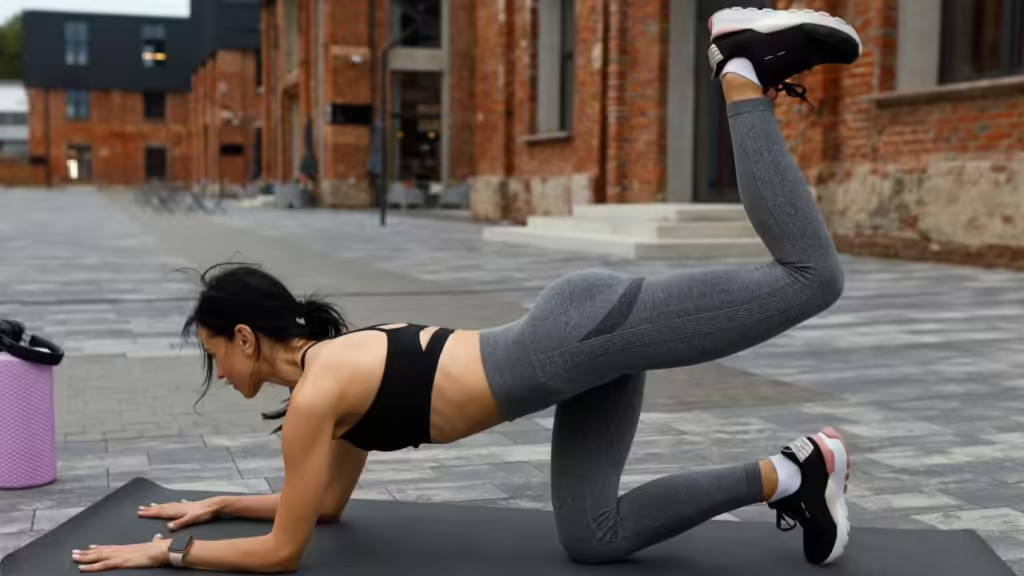
7. Goblet Squat
The goblet squat is an excellent way to engage the glutes while also working on leg strength.
✔ Starting position: Hold a kettlebell at chest level with both hands.
✔ Movement: Squat down, keeping your chest up and knees tracking over your toes. Ensure your feet are shoulder-width apart.
✔ Reps: Complete 12-15 reps for better glute activation.
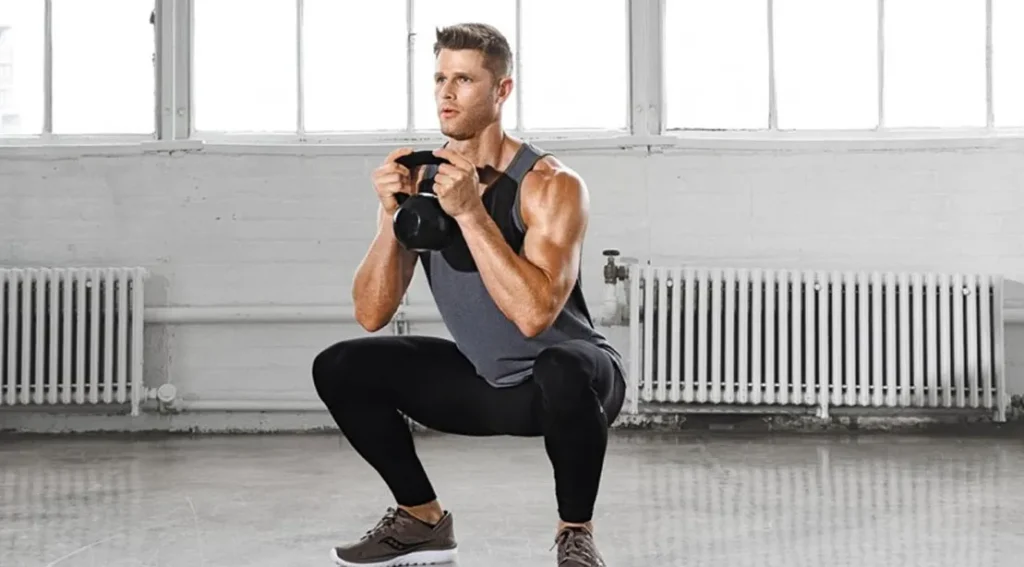
8. Curtsy Lunge
This lunge variation targets the glutes while also improving lateral stability.
✔ Starting position: Stand with feet hip-width apart.
✔ Movement: Step back with one leg to the opposite side, bending both knees to lower into a lunge position.
✔ Reps: Perform 10-12 reps on each leg.
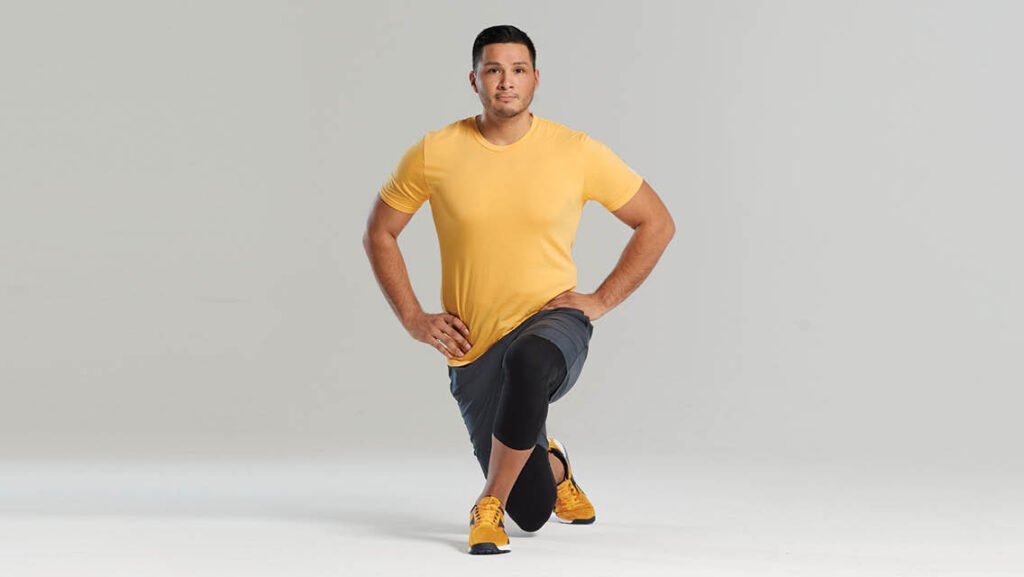
Incorporating Resistance Bands
Using a resistance band can enhance the effectiveness of your glute exercises. Incorporate bands into exercises like hip thrusts, glute bridges, and squats to increase tension on the gluteal muscles, leading to better results.
Progressive Overload for Muscle Growth
To maximize your results, apply the principle of progressive overload. Gradually increase the weight or resistance, the number of reps, or the intensity of your workouts over time to stimulate muscle growth. This approach is essential for achieving a bigger butt and overall glute strength.
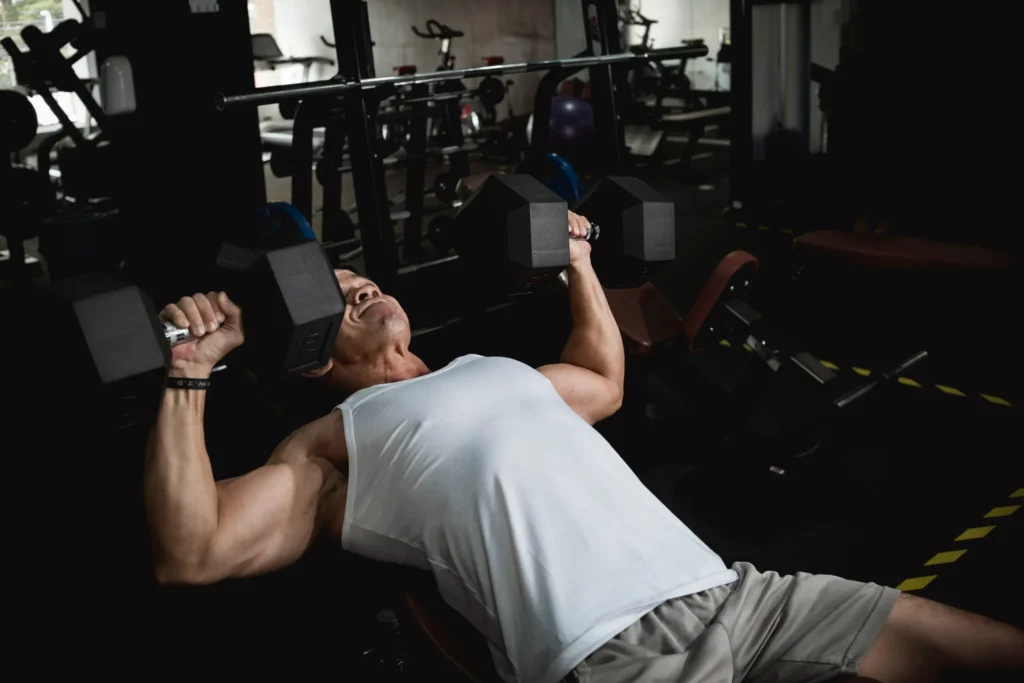
Recovery Techniques after butt training
1. Cool Down
After your buttocks workout, it’s important to gradually reduce your heart rate and help your body transition back to a resting state.
Method: Spend 5-10 minutes performing light aerobic exercises, such as walking or gentle cycling. Follow this with static stretching to improve flexibility and promote relaxation in the muscles worked during your session.
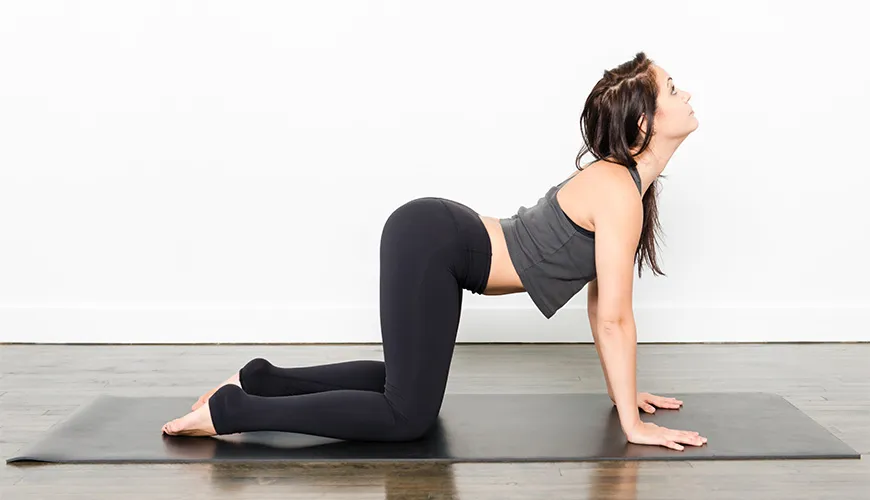
2. Hydration
Staying hydrated is crucial for recovery, especially after an intense workout.
✔ Importance: Water is essential for various bodily functions, including nutrient transport and muscle recovery. Dehydration can lead to increased muscle soreness and fatigue.
✔ Tip: Drink water immediately after your workout and continue to hydrate throughout the day. Consider electrolyte-rich drinks if your workout was particularly intense or long.
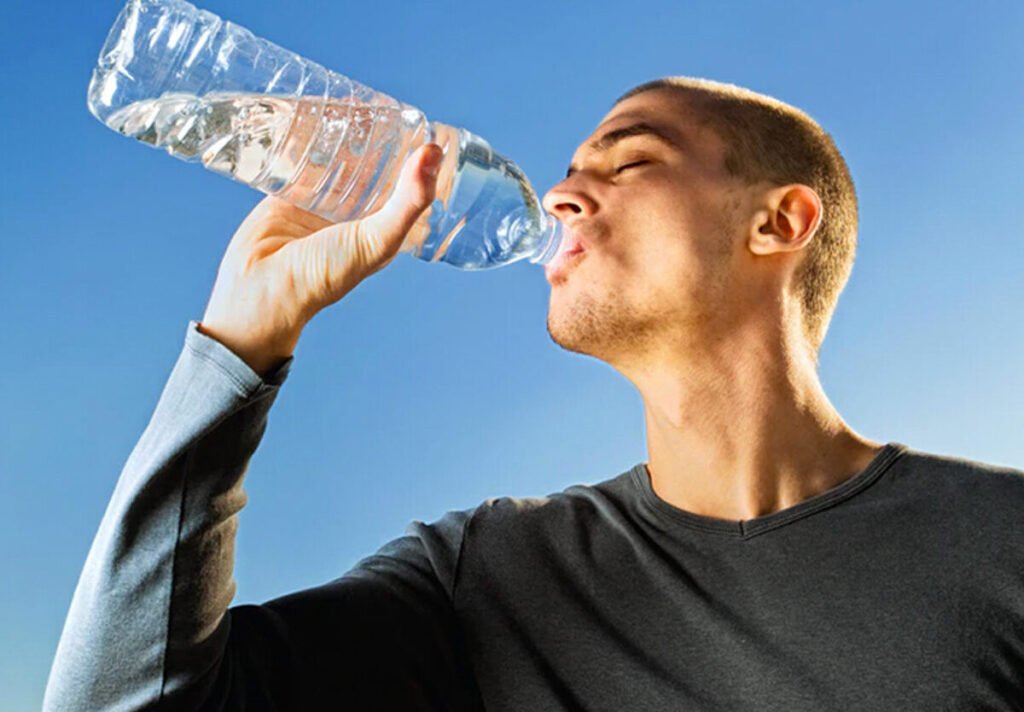
3. Nutrition
Proper nutrition plays a vital role in recovery by providing the necessary nutrients to rebuild muscle.
✔ Protein: Consuming a protein-rich meal or snack after your workout helps repair muscle tissues. Aim for 15-25 grams of protein within 30-60 minutes post-exercise. Options include protein shakes, Greek yogurt, or a chicken salad.
✔ Carbohydrates: Replenishing glycogen stores is essential, especially after high-intensity workouts. Include healthy carbs like whole grains, fruits, or sweet potatoes in your post-workout meal.
✔ Healthy Fats: Incorporate healthy fats, such as avocados or nuts, to support overall health and provide sustained energy.
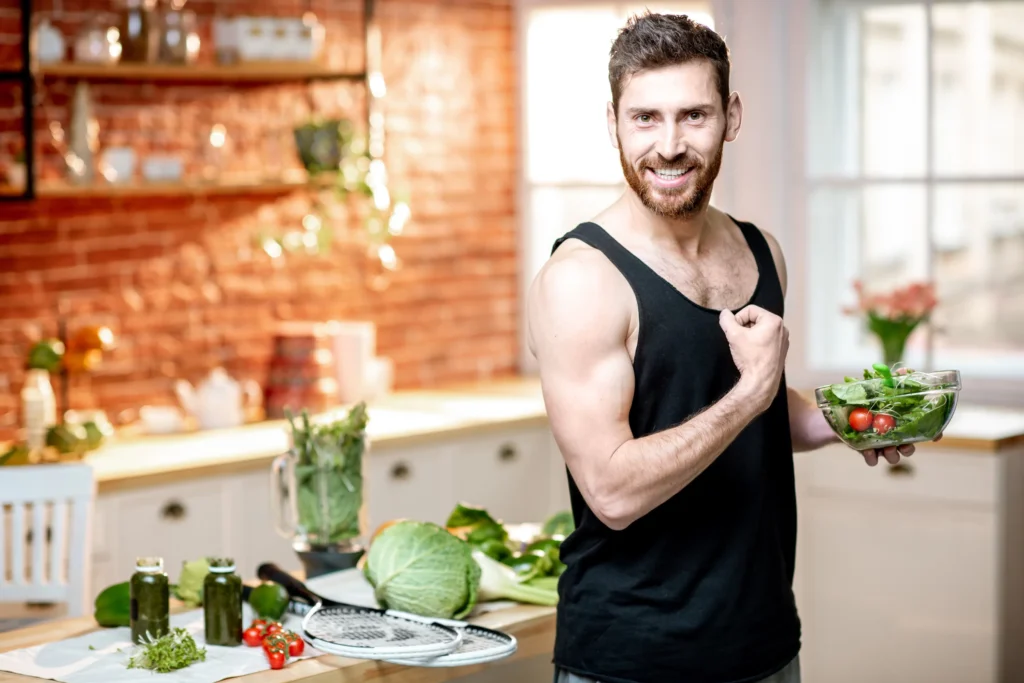
4. Active Recovery
Engaging in low-intensity activities on rest days can promote blood flow and accelerate recovery.
✔ Activities: Consider activities such as walking, swimming, or gentle yoga to keep your body moving without adding significant stress to your muscles. This can help alleviate soreness and stiffness.
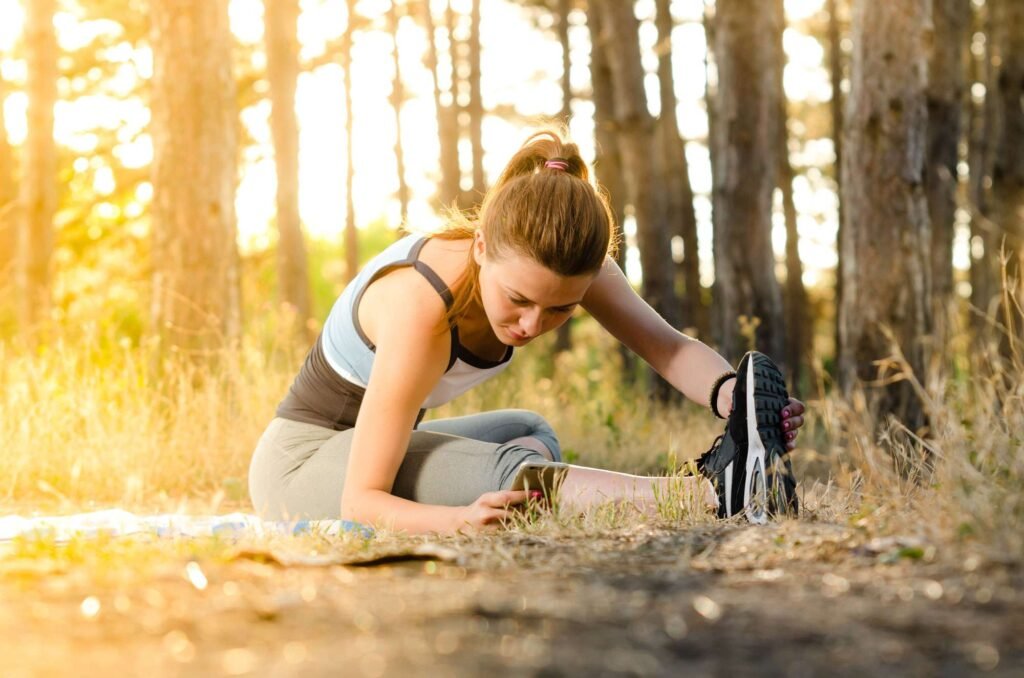
5. Sleep
Adequate sleep is one of the most critical components of recovery.
✔ Importance: Sleep is when the body undergoes repair and regeneration. Aim for 7-9 hours of quality sleep per night to support muscle recovery and overall health.
✔ Tip: Create a bedtime routine that promotes relaxation, such as reading, meditating, or limiting screen time before bed.

6. Foam Rolling and Massage
Self-myofascial release techniques, such as foam rolling, can aid in reducing muscle tightness and soreness.
✔ Foam Rolling: Spend a few minutes rolling out your glutes, hamstrings, and quads to help release tension and improve blood flow. This can aid in recovery and enhance flexibility.
✔ Massage: Consider professional massages or using massage tools to relieve muscle tension. This can be particularly beneficial if you experience tightness or soreness.
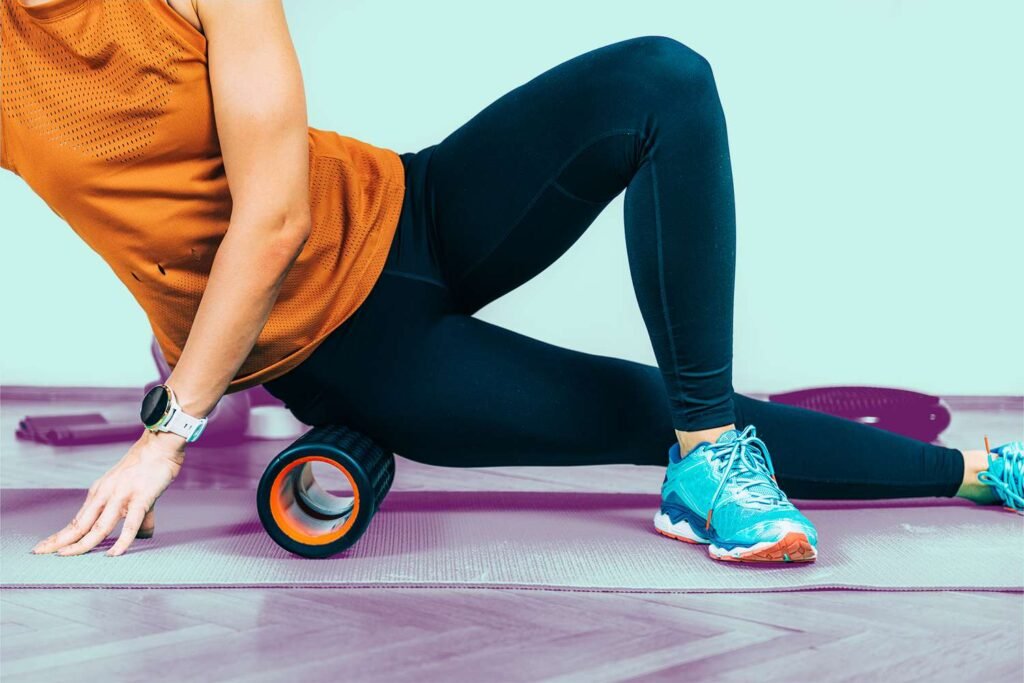
7. Stretching
Incorporating stretching into your recovery routine can improve flexibility and reduce the risk of injury.
Static Stretching: Focus on the muscles worked during your buttocks workout, including the glutes, hamstrings, and hip flexors. Hold each stretch for 15-30 seconds to promote relaxation and lengthening of the muscles.
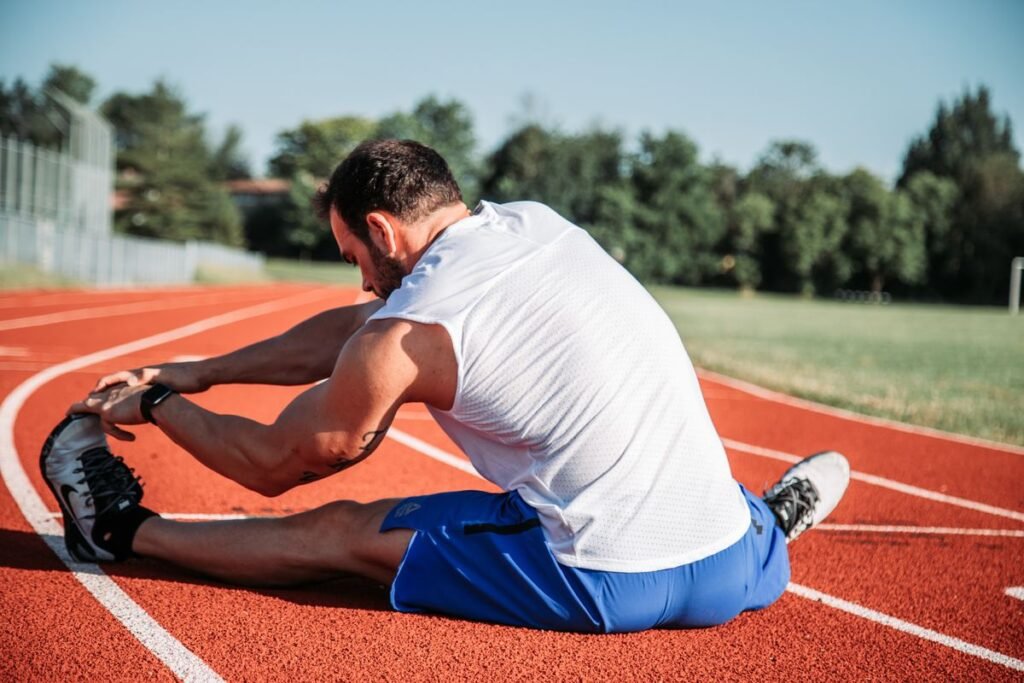
Incorporating these best glute exercises into your workout routine will not only help you achieve stronger glutes but also enhance your overall fitness. Whether you’re working with a personal trainer or following a self-directed program, focus on maintaining proper form and listening to your body to avoid the risk of injury. With consistency and dedication, you’ll soon notice improvements in your glute strength, lower body stability, and overall athletic performance.
Remember, the journey to a great butt is not just about looks; it’s about building a foundation for a healthier, stronger you. So lace up your shoes, grab your weights, and let’s start training those glutes!
